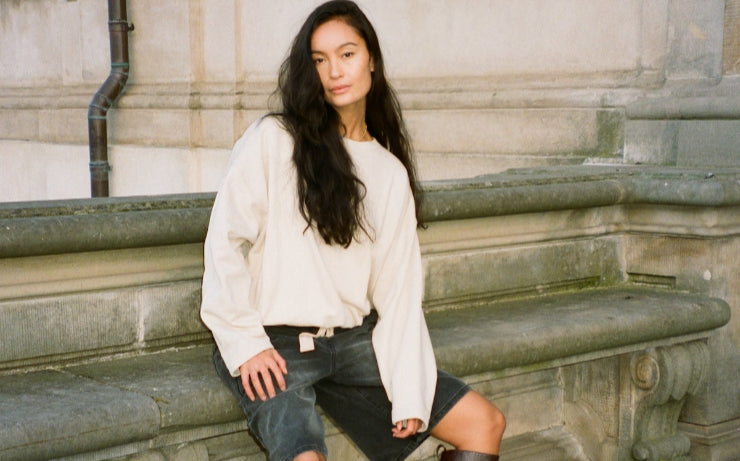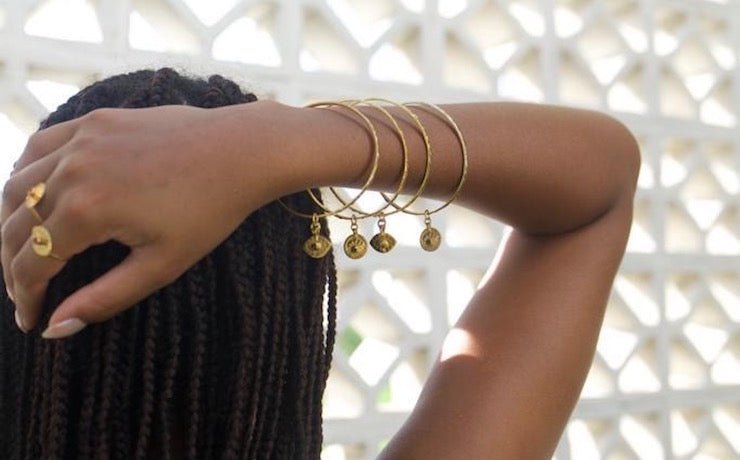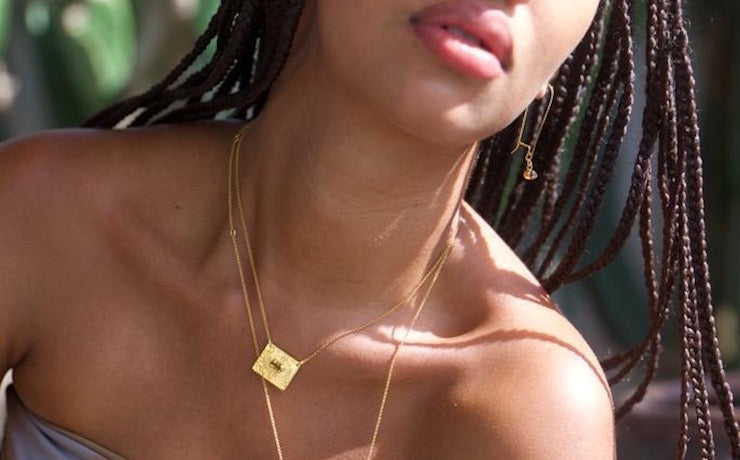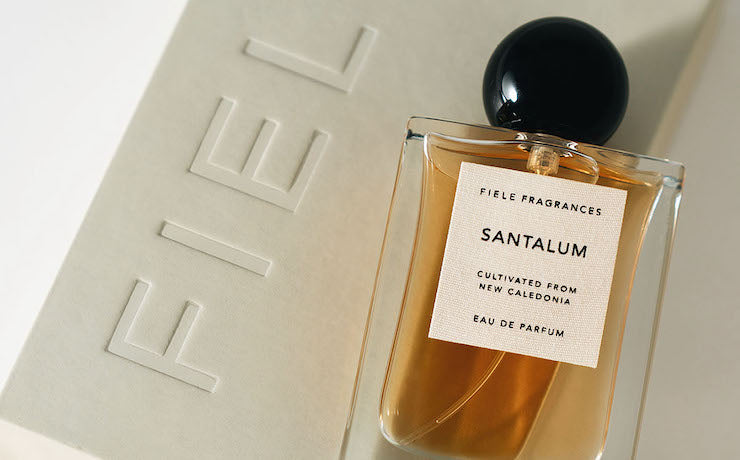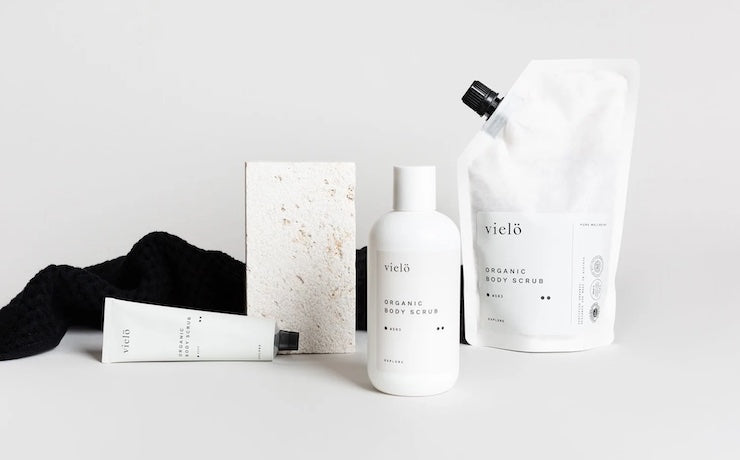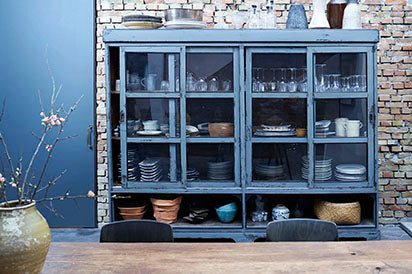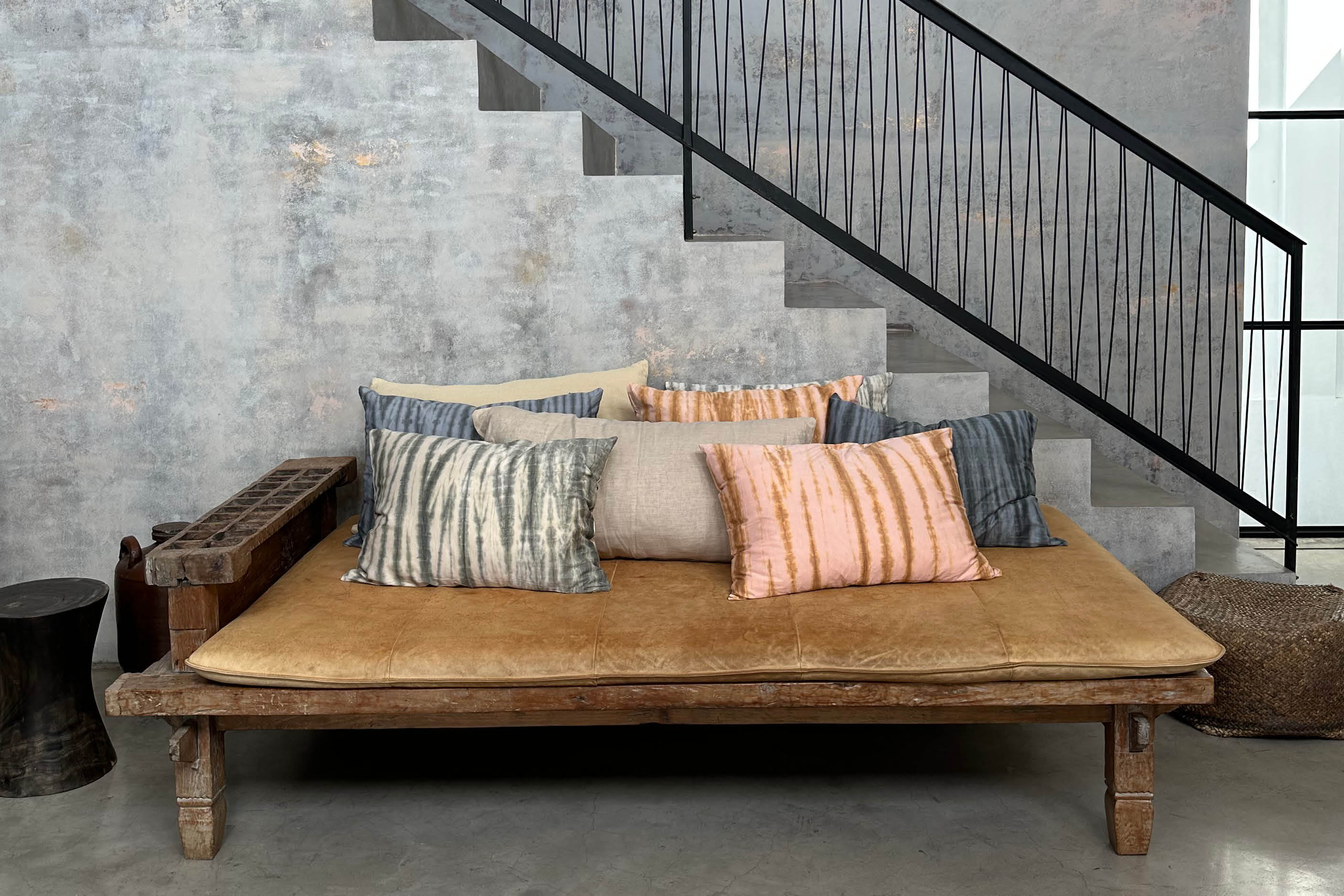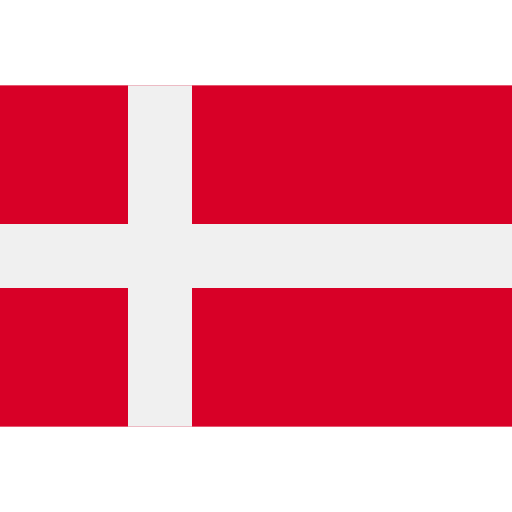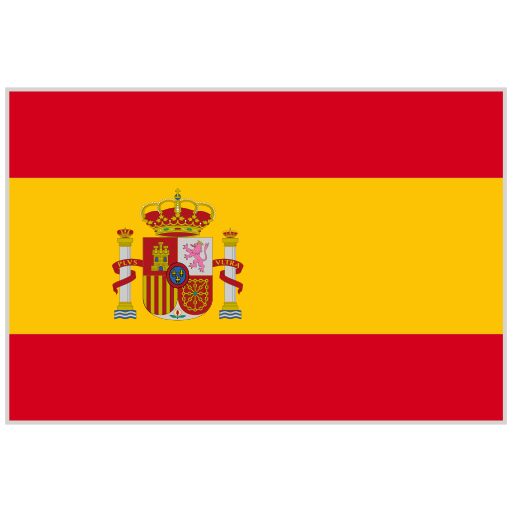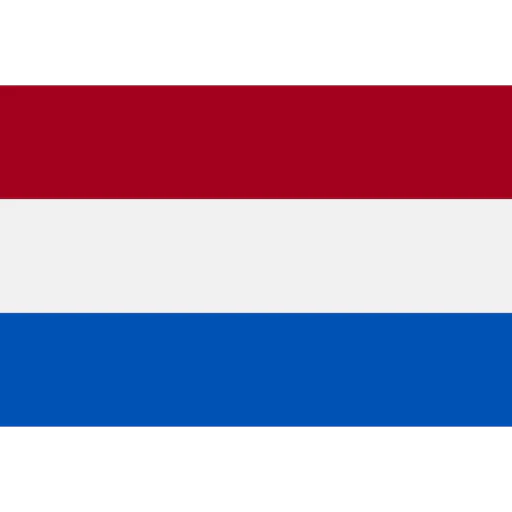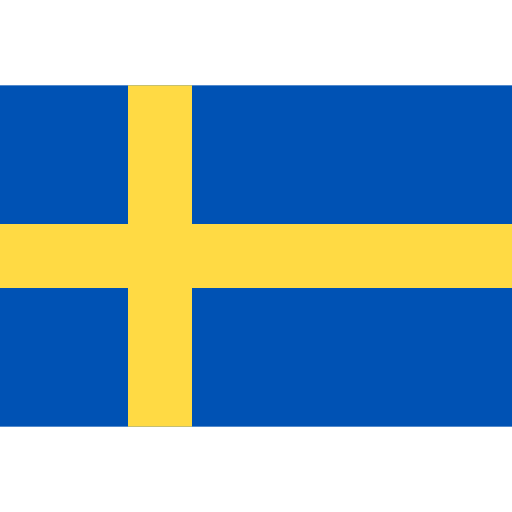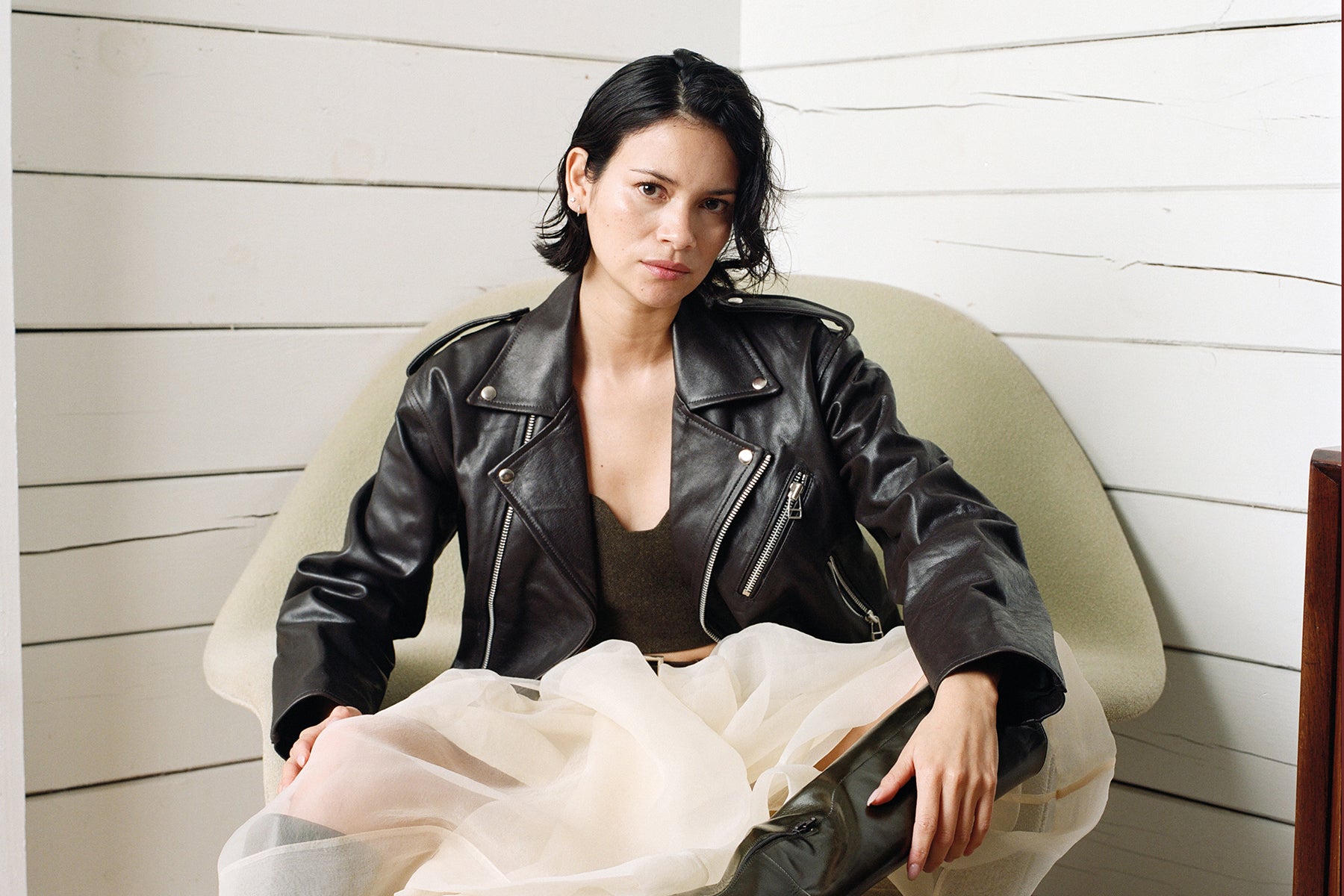I'M SPECIAL
We are passionate about things made by hand, by heart
and by happy people.



Rabens Saloner is a house built upon relationships of long-lasting value and responsible production. Taking care of the environment while developing and designing is vital to us and we always aim towards selecting the most conscious fabrics suitable for our styles. Many of our products are made by hand, crafted from sustainable fabrics or produced in an eco-friendly way.
This makes your new product special.


CONSCIOUS FABRIC
Many of our products are crafted from an eco-friendly fabric. This means, the manufacturing of the fabric has less impact on the environment.
These are some of the materials and partners, we use:
Organic cotton
When producing organic cotton, the aim is to remove chemicals and damaging pesticides from the process in order to reduce the environmental impact. This makes organic cotton a sustainable alternative to conventional cotton.
Recycled polyester made from collected plastic bottles
This way value is added to discarded plastic bottles and waste is minimised preventing disposable plastic ending up our oceans causing damage for the environment and the life undersea.
Hemp
Hemp is a very clean, antimicrobial and durable material to use for clothing. It is accessible all over the world and the great advantage is the fact, that hemp requires very little water, no pesticides and it fertilises the soil in which it grows.
Ecovera viscose
The sustainable viscose with the lowest environmental impact based on three pillars:
• The use of certified and controlled sustainable wood sources
• An ecological production process
• Supply chain transparency


HANDCRAFTED
A significant part of our collection is always made by hand.
A handmade product is special because it features unique characteristics and not two pieces are identical. We proudly work with skilled artisans in Indonesia, Nepal, Thailand and India, who have carried on the expertise of traditional craftsmanship for generations.
Indonesia
In our dye house in Bali, we dye all garments by hand, and we take our time to create unique hand-dyes in close collaboration with local dye masters and artisans. The variety of techniques available in a dye house like this is dazzling. Maybe the most distinctive and well-known dye is traditional tie dye where elastic bands are placed tightly round hand-pleated fabrics before dying to leave ‘spines’ or circles of uncoloured fabric. However, this simple technique has now evolved to the highest level where textiles are tied and re-tied multiple times between different colour baths to create spectacular patterns. In every case, the many different processes, all undertaken by hand and using nothing but the human eye as a guide, create pieces that are entirely unique and reflect not only a long history of craftsmanship and skill but also a true working relationship based on mutual respect and creativity.
Nepal
In Nepal, we collaborate with a specialised knitting factory, where every thread of the knitwear is hand-knitted and hand-dyed by talented artisans. This way each knit coming out of this factory carries its own unique colourway making it a one-of-a-kind product. Strong craftsmanship and precision are key, and the traditional craftsmanship has proudly been carried on for generations.
Thailand
Our leather belts are made in Northern Thailand by a very special leather artist. A man who we admire deeply for his original ideas, his strong intuition and his will to always do things his way – no matter what we or anybody else think. We trust his instinct and often end up going a different direction than planned due to his inventive take on leather belts.The tanning and colouring of the leather are done by hand power by local farmers during off season, giving the farmers work when the fields are left fallow. This is typically a family occupation that is being passed on from the older generations to the younger generations – something that can in fact be told by the colours of the belt. The elderly has more experience hence more power in their arms, and this can be seen on the colours on the belt. The more strength, the more rustic the colours get.At the end of the process, the leather artist gathers the leather pieces into the final product – a leather belt with a beautiful, handmade story.


ENVIRONMENT
At Rabens Saloner we are committed to take care of the environment and we are continuously improving our ways to become more sustainable. In the extent possible, the journey of our products is based on the values below throughout the supply chain.
As many styles as possible must be made from certificated fabrics
We must minimize the use of mixed fabrics – this way the fabric can be reused
We aim towards producing according to orders sold + the expected demand only
All our packaging is either FSC certificated or made of recycled plastic
We aim towards shipping most of our products from the East to Europe by boat to minimise our CO2 emissions footprint
We do not destroy unsold clothes; we donate it to charity (as we have always done)
We support #rewiringfashion and act according to it

